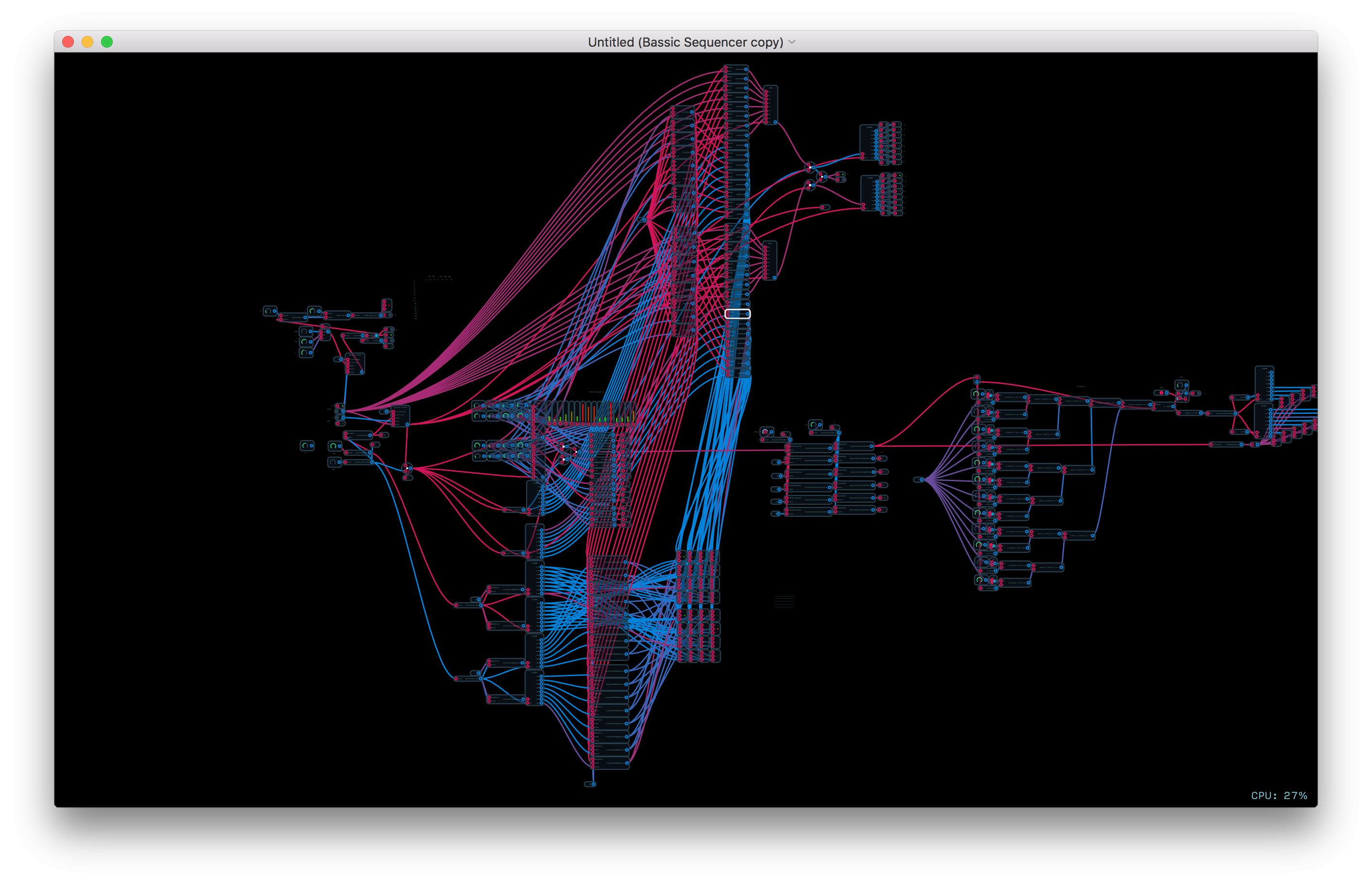

I’ve always been fascinated by automation and music-using a little randomness to make it interesting and a little orderliness to make it hang together somewhat. I’ll probably do one with velocity pretty soon.

This is only because I don’t own any MIDI drum controllers. Note that the sequencer controllers are set to different loop lengths and sync points to demonstrate the use of this project to experiment with polyrhythms.Īlso, although my latest sequencers now can record any number, including velocity values (and the tones sequencer does that), the drum sequencers in the project just record a 1 (full volume) drum hits. The tone sequencer has a separate fill density control, because (I feel at least) that dense tone fills sound better than dense drum fills. Alternatively, fill the sequencer by a tap on the fill now button, using the last-pressed note on your keyboard. To set up tones: Hit some notes on your MIDI keyboard to record to the tone sequencer, or long press a note to auto fill the sequencer with random tones in the key of the pressed MIDI note (major or minor scale is set by the button on the quantizer). Tap in some drum hits or long press individual drum heads to load random pattern (or fill all with a long press on the broken out fill all button) with fill density set by the knob near the drum heads. Version 4: Simplified the resettable sample and holds I used in these sequencers to lose a bit of processor load.ġ6-Step Tap Sequencer V4.audulus (86.0 KB)ġ6-Step Tap Tone Sequencer dulus (402.7 KB)įull-up application, with drums and polyrhythm capability.ġ6-beat Tap Polyrhythmic Drums n dulus (1.7 MB) Now, setting the density to zero empties the steps as before (really just sets the freq to zero) but above that you get random amplitudes and tones (in the scale) with increasing density, up to 100%. I used the scale quantizer to limit the preloading to whatever scale you want, then you can overwrite the loop at will from your MIDI keyboard. In this case, you auto fill with a 1sec or longer press of any MIDI key (the onboard buttons are left alone, since the sequencers should run in lock-step in this application.) This has version 2 of my sequencer, which allows any value to be stored, and which brings out the randomizing element so two can be auto filled with random values in an identical pattern. I love making musical things!ġ6-step tap sequencer w:controller DEMO MIDI 3 dulus (718.1 KB) I just did this afternoon! Thanks for the kind words.

Note: The great drum sound synth and mixer are from the Audulus sample patches.ġ6-beat Tap Polyrhythmic dulus (2.0 MB) I will probably go back to my one loop version so I won’t waste more of my guitar practice time. All steps are reset to off when you turn it on. Think of it as a sort of rhythm Etch A Sketch. I’ve gotten some really cool rhythms out of this. I just added a clock doubler to put some faster fills in there. You might find your loops more interesting if you double the steps per loop, such as setting beats per measure to 10 if you’re doing 5/4 time. This is optional, as the sequencer modules inside can be changed on the fly and continue in time, which works pretty well, musically. The controllers issue a sync pulse that can resync everything if you change a loop property. You change the loop size and starting beat with the controller patches.
#AUDULUS SEQUENCER MANUAL#
Alternatively, you can do a long press on the little reset patch (on the left), after setting the knob to all off, all on, or somewhere in between for random patterns, then add manual taps as desired. Basically, you set the beats per bar, tap out a tempo (or dial in via the alternate method), and start tapping “drum heads” to start the sequence.
#AUDULUS SEQUENCER HOW TO#
Info is posted around the project on how to use. Got carried away with a first stab at polyrhythm. I built a sequencer to use when practicing. Triggering it with a MIDI key would make that feature potentially useful.ġ6-step tap sequencer w:controller DEMO 2.audulus (198.0 KB) Project Utilizing the Tap Sequencer Polyrhythmic Tap Sequencer I just didn’t need it for this application, since I was triggering from Audulus button nodes. A later version will save velocity info into the step. This is a wrapping sequencer-The max step can be greater than or less than the minimum, or they can be the same number.Īt present, the output will be a 1 or a 0. A sync pulse starts playback or recording from minN to maxN. This is a looping tap sequencer which runs or records (or resets) over a specified range.


 0 kommentar(er)
0 kommentar(er)
